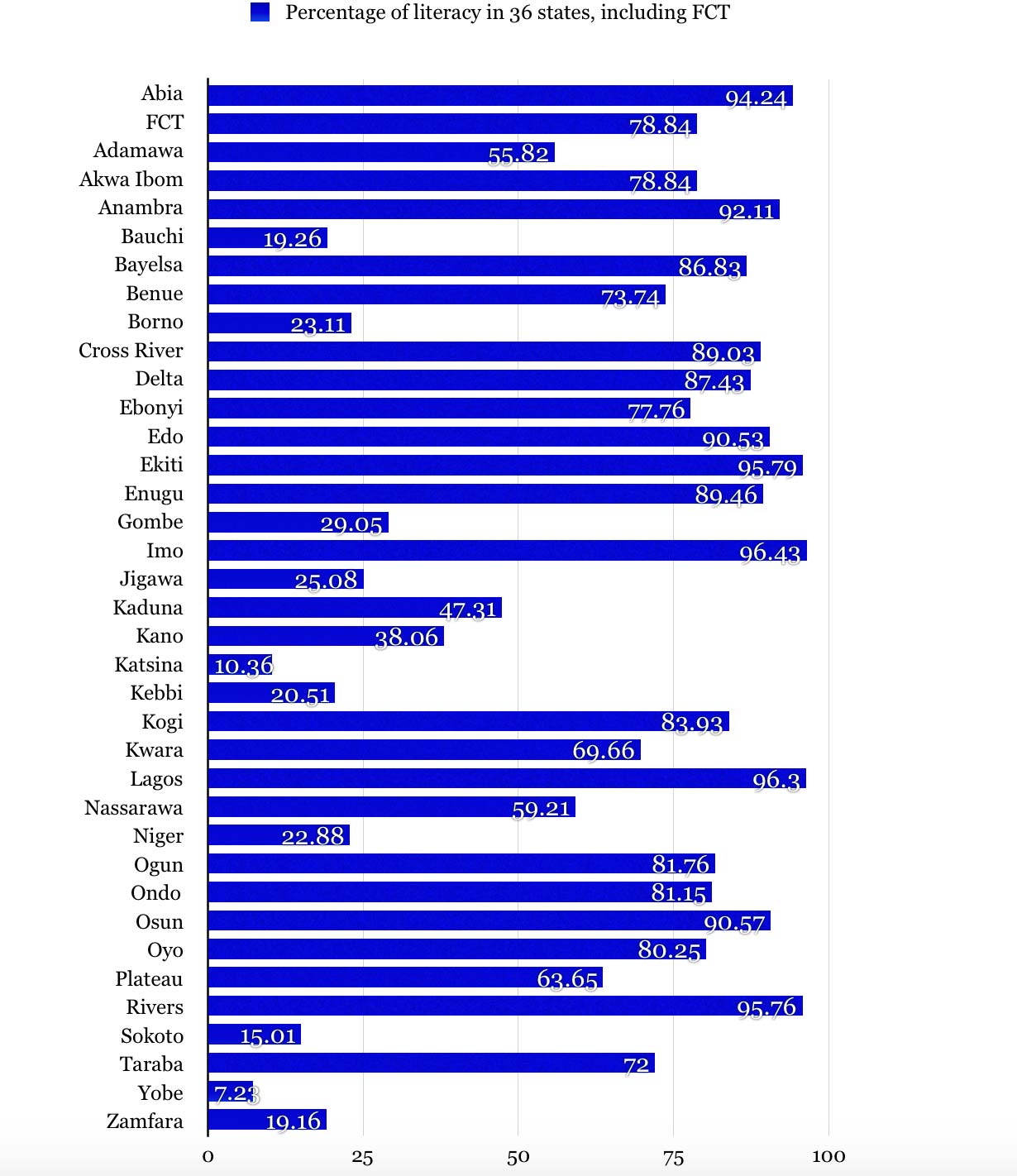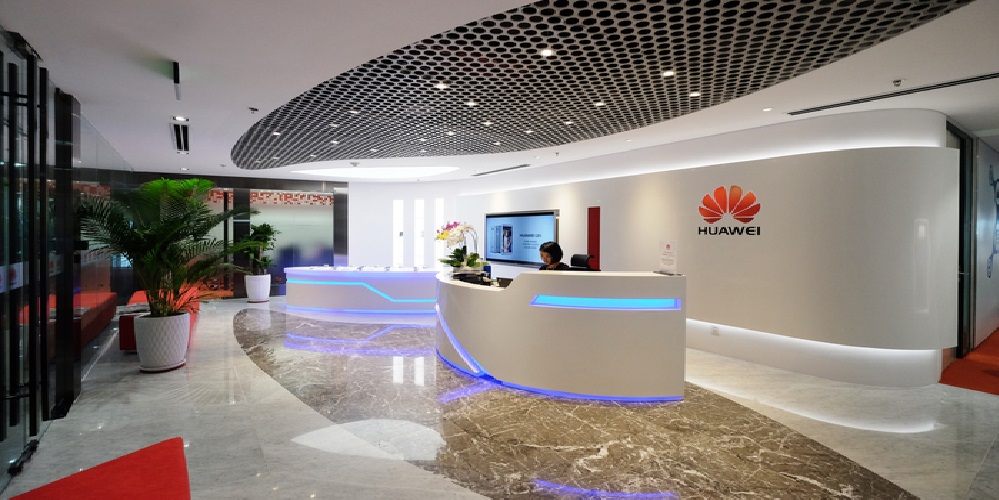The federal ministry of education dropped something this week: illiteracy level in Nigeria. Watch the number – 60 million illiterates in Nigeria – as you pursue that digital strategy. It is a very significant number which takes away a huge chunk of the 180 million people in population. Largely, when you take out the pre-readers (at most 15 years by literacy classification, 44% of population), you may have only about 40 million literate adults since 60 million adults are already classified illiterates. (About 80 million Nigerians are aged at most 15 years which means you have 100 million remaining from 180 million. If you remove 60 million illiterates, you are left with 40 million adult literates in the population.)
Sonny Echono, Permanent Secretary, Federal Ministry of Education, says nearly 60 million Nigerians are illiterates, assuring that literacy centres will reduce the high percentage of illiteracy in the country.
Mr Echono made this known on Thursday at the Federal Government College Otobi, during the inauguration of a pilot Literacy Centre for the North-central zone.
The permanent secretary expressed regret that the illiteracy rate among the youth and adults is high, saying that the literacy level at the lower cadre of the colleges is also alarming.
As the Permanent Secretary ministry of education noted, the number is increasing. In other words, adult illiteracy in Nigeria is growing. In 2015, adult illiteracy for Nigeria was 41.3 million; today, it is now 60 million. Adult illiteracy of Nigeria increased from 24 million in 1991 to 41.3 million in 2015 growing at an average annual rate of 21.00 %.

I commend the government for doing something about this through this literacy school initiative. Besides, they need to add community-driven initiative that works with mosques/churches and village leaders. In my village where I can say we have close to 99% literacy rate (my state, Abia state, has literacy rate of 94.24%), community women leaders run the show.
LinkedIn Comment on Feed
Comment #1: As always, Nigeria is a strange place. Ordinarily, you would expect the illiteracy level to depreciate substantially over the past years, because the younger people were all expected to receive basic education; but it turned out that the opposite is the case. Again, to make blanket statements such as “60 million Nigerians are illiterates” is misleading too; when my home State is nearing 100% literacy level, so a clear distinction is needed, to get some people up and running.
No State in the entire northern region reached 80% mark, the few that crossed 70% are predominantly the minority tribes in those areas, so there is a clear relationship here; that’s where major enlightenment and awareness need to be directed. The federal government doesn’t have much to tell people from my State, its focus should be heavily directed, with laser-focused attention on the States that are simply below baseline.
Yobe State has 7.2% literacy level in a country that operates “federal character” regime, and one is still searching for the meaning of injustice? Most state governors in the north should just vote around 70% of their annual budgets to Education alone, the numbers coming from there are just pathetic.
Comment #2: And this figure is coming from the ministry which makes it likely to be a discounted account of the true picture. This fact even makes it more cringing.








